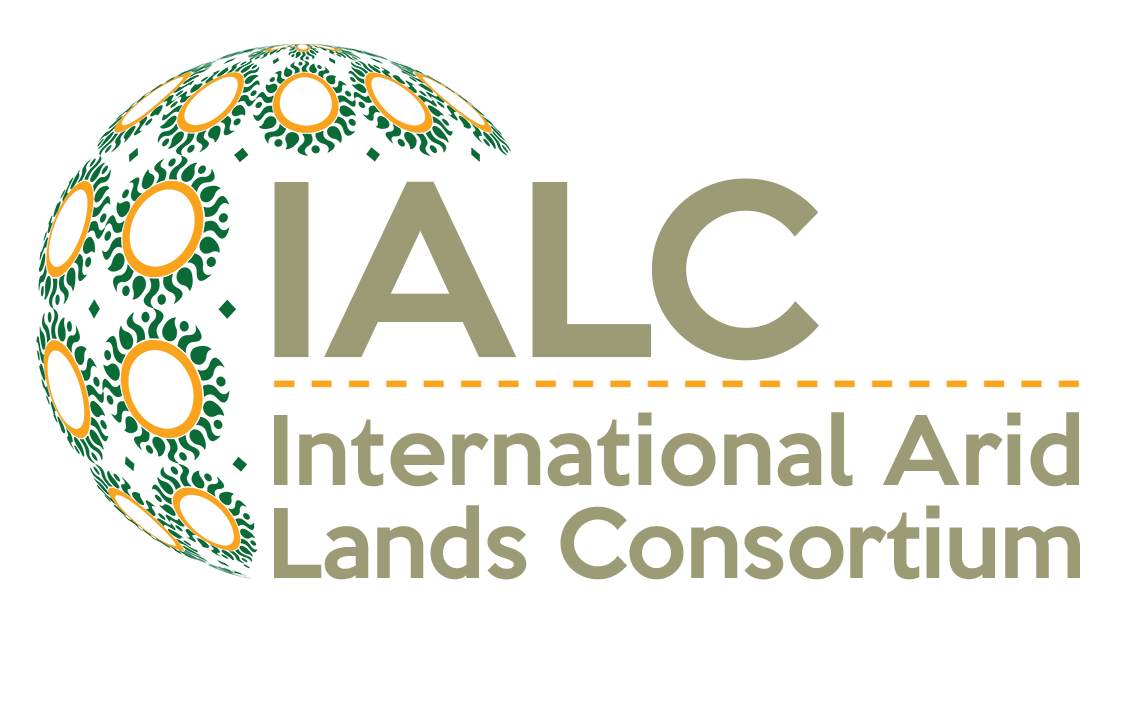Effluent and Water Harvesting for Irrigation in Agroforestry Production
Investigators (most current known information)
Proposal Abstract
In many of the world's arid regions, particularly the southwestern USA and Israel, the efficient use of limited water supplies is a critical component necessary for improving the use of desert environments. Municipal reclaimed effluent combined with harvested rainfall from a water harvesting system can be used for the restoration of degraded lands while, at the same time, enhancing the growth of vegetation having commercial as well as environmental value. Paired studies were established in Arizona and Israel in the mid-1990s to assess the potential of growing trees using several mixtures of potable and effluent water as well as harvested rainwater for irrigation. Six tree species being studied in Arizona include pine (Pinus eldarica), eucalyptus (Eucalyptus camaldulensis), cottonwood (Populus fremontii), black willow (Salix nigra), sycamore (Platanus wrightii), and ash (Fraxinus velutina). The trees, established from seedlings and/or cuttings, are being grown both in the field and containers. Results in Arizona have shown that some species, especially cottonwood and willow, grew very rapidly within 24 months of planting. Average tree height of cottonwood in the field plots after 2 years was about 4,500 mm and black willow tree height averaged 3,000 mm. Pine, ash, and sycamore grew at about half the rate of cottonwood. Field tree survival rates were 90 to 100 percent for most species except sycamore, which showed much lower survival rate when irrigated with 100 percent reclaimed water. Initial survival rates for container-grown trees varied from the field rates. Eucalyptus survived much better in the containers while sycamore and pine appeared to do better in the field plots. Cottonwood and black willow also had the most rapid growth in the containers. Ash and sycamore had the slowest growth in both the field and container experiments. In Israel, eucalyptus trees grown in containers with sand and irrigated with sewage water accumulated more biomass than trees irrigated with fresh water. Trees in different soils accumulated between 8 and 9 kg of biomass with no significant differences between trees irrigated with effluent or fresh water. Results from the field experiment showed dramatic increases in diameter and water use related to irrigation, while container-grown plants showed improved growth of cottonwood, black willow and eucalyptus when irrigated with effluent.
Outcome
Article in Journal
Karpiscak, M.M. and G.J. Gottfried. 1998. "Tree production in the Sonoran Desert using effluent and water harvesting." Hydrology and Water Resources in Arizona and the Southwest 28:37-45.
Presentations
Karpiscak, M.M., G.J. Gottried and S.B. Hopf. 2002 "Tree growth and nutrient status in a water harvesting system using potable and treated wastewater. In Proceedings of the 2002 meetings of hydrology section Arizona-Nevada Academy of Science, 23-32. Glendale AZ.
Karpiscak, M.M. and G.J. Gottried. 2000. "Tree production in desert regions using effluent and water harvesting." In USDA Forest Service Proceedings RMRS-P-13. Land Stewardship in the 21st century: The contribution of watershed management, 261-264. Tucson AZ.
Karpiscak, M.M., G.J. Gottfried and N. Atzmon. 1999. "Tree production in desert regions using effluent and water harvesting." Abstract in Conference on Land Stewardship in the 21st century: The contributions of watershed management, March 2000. Tucson AZ.

